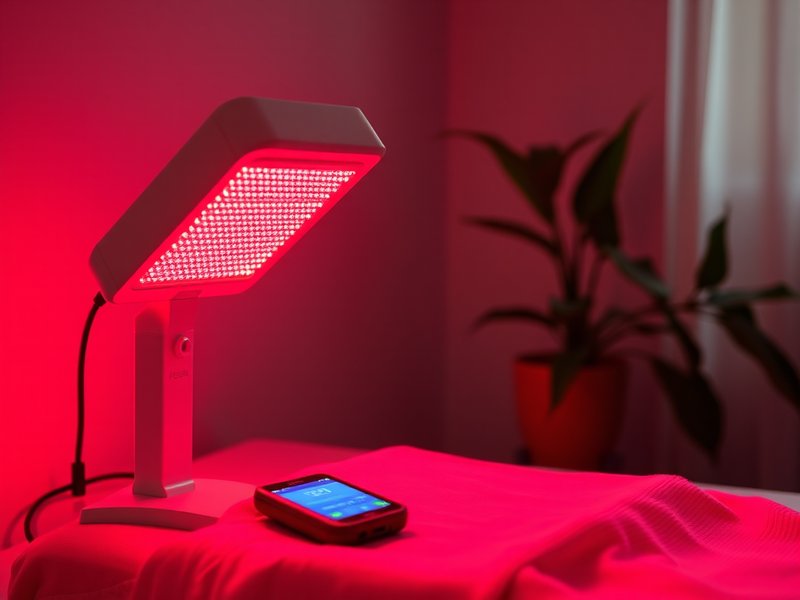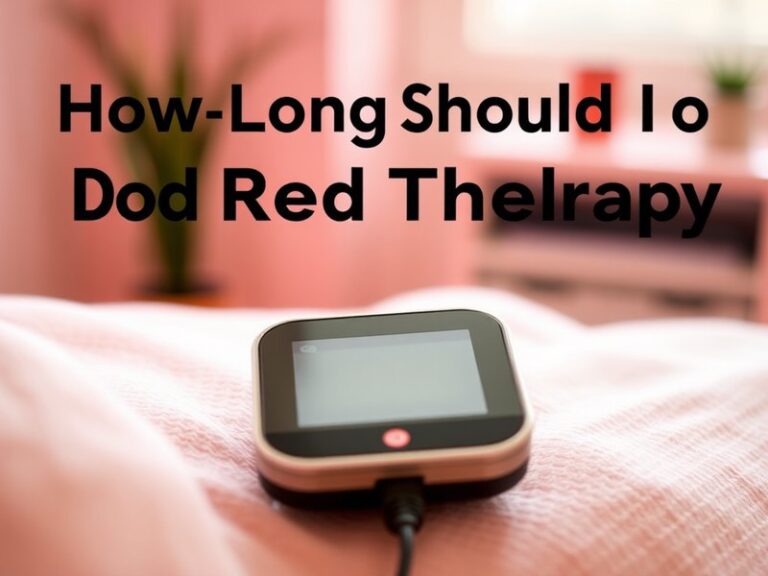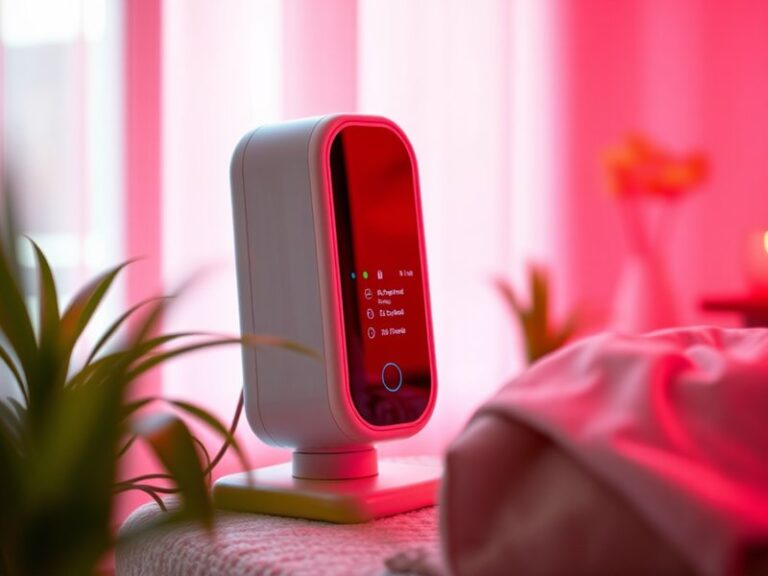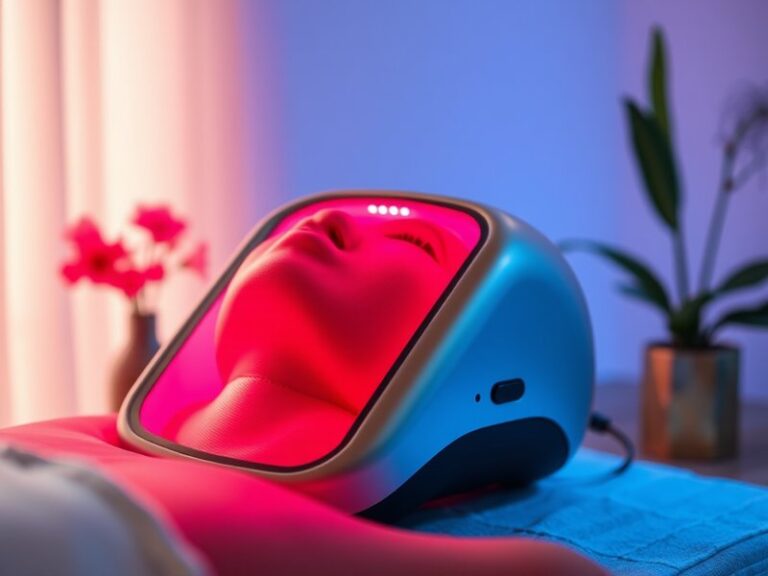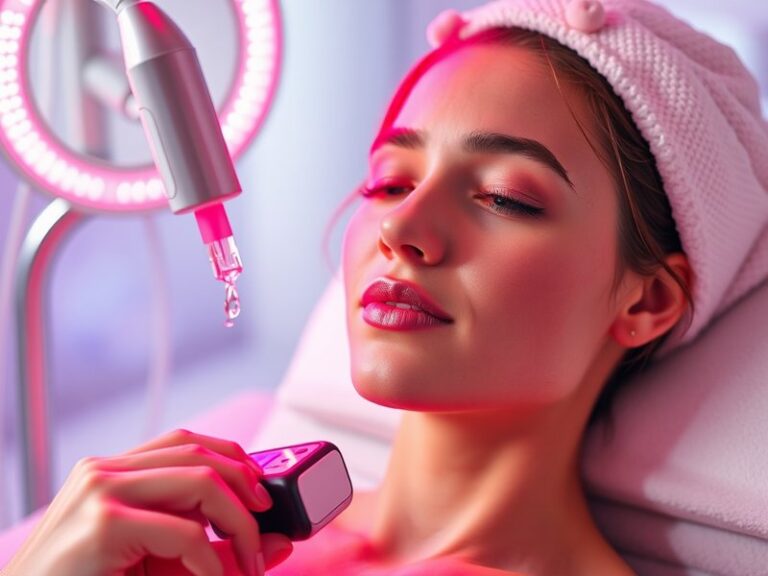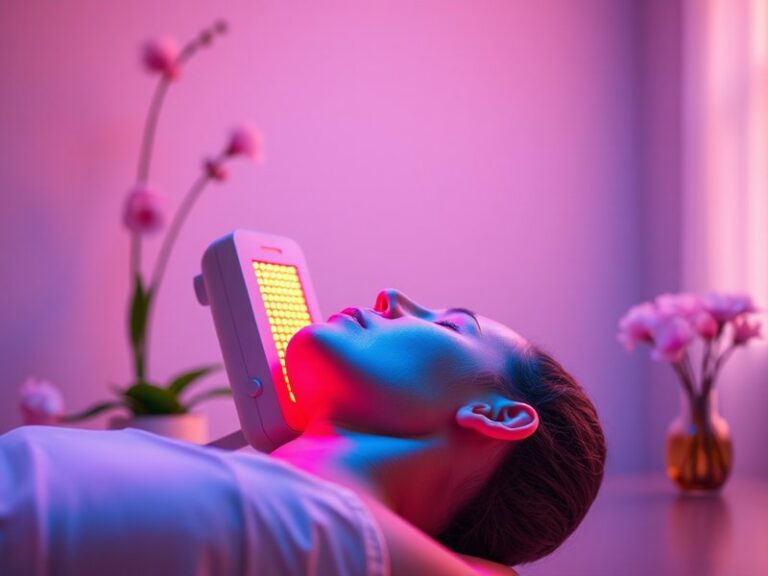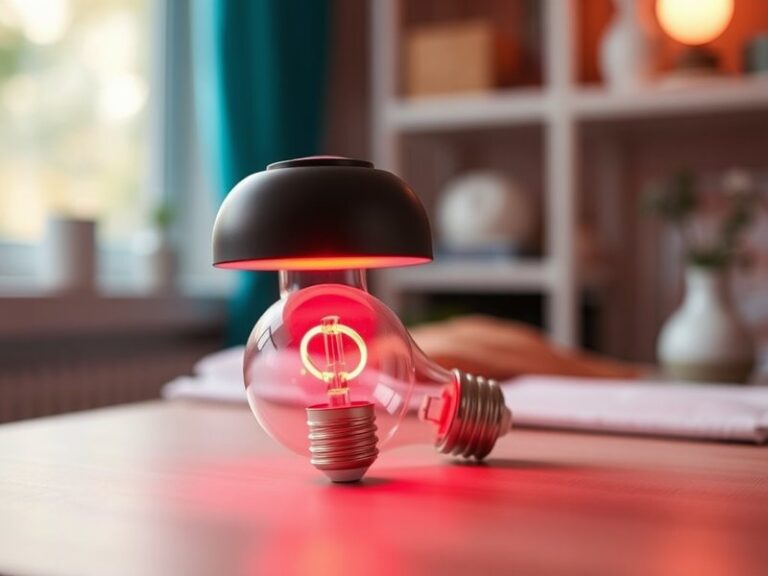What To Know About Red Light Therapy?
What To Know About Red Light Therapy?
Have you ever wondered how some athletes bounce back from injuries so quickly or how celebrities seem to have flawless skin? The answer might just lie in a therapy that uses light—the intriguing world of red light therapy.
This article will explore red light therapy, its benefits, and what you need to know before diving into this innovative treatment. We’ll also look at alternatives and address some common questions. By the end, you’ll have a comprehensive understanding of whether red light therapy is right for you.
Key Takeaways
- Red light therapy uses low-wavelength red light to promote healing and rejuvenation.
- It has been shown to offer benefits ranging from skin enhancement to pain relief.
- Before starting treatment, consider potential side effects, personal health factors, and alternatives.
What is Red Light Therapy?
Red light therapy (RLT) is a therapeutic technique that exposes the skin to low levels of red or near-infrared light. This process is believed to stimulate cellular repair and promote healing within the body by increasing energy production in cells.
The science behind red light therapy involves the use of specific wavelengths of light, primarily in the range of 600 to 950 nanometers. At this wavelength, light penetrates the skin and is absorbed by mitochondria, the powerhouse of the cell. This absorption boosts ATP (adenosine triphosphate) production, facilitating various healing processes within the body.
See the full review Alcohol after red light therapy?
Several forms of red light therapy devices exist, ranging from handheld units used at home to larger panels used in professional settings. Many users report a warm, soothing sensation during treatment, contributing to its popularity.
What are the Benefits of Red Light Therapy?
Red light therapy offers a multitude of benefits, making it an increasingly popular choice for both aesthetic and therapeutic purposes.
Skin Rejuvenation
One of the most celebrated benefits of RLT is its ability to improve skin health. Studies have shown that red light therapy can enhance collagen production, reduce wrinkles, and improve skin texture. Many users report clearer skin and a reduction in acne scars following regular treatments.
Pain Relief
RLT has shown promise in providing relief from chronic pain conditions, such as arthritis and muscle injuries. By increasing circulation and reducing inflammation in targeted areas, many individuals experience a decrease in discomfort and an improvement in mobility.
Find out our perspective on Can Red Light Therapy Aid Scars?
Wound Healing
Research indicates that red light therapy can accelerate the healing process of wounds and injuries. It is believed that RLT not only helps in tissue repair but also reduces inflammation, leading to faster recovery times for cuts, burns, and other injuries.
Enhanced Muscle Recovery
Athletes frequently turn to red light therapy for its potential to enhance post-exercise recovery. The therapy can help decrease muscle soreness and improve exercise performance by promoting faster healing of damaged tissues.
Is it Possible to Try Red Light Therapy at Home?
Yes, it is entirely feasible to conduct red light therapy at home. Various devices are available for personal use, ranging from small handheld units to larger panels that can treat larger body areas.
What are the Advantages of Home Treatment?
Home treatments provide convenience and cost-effectiveness, allowing individuals to incorporate RLT into their lifestyles without regular trips to a clinic. Users can schedule sessions as per their convenience, ensuring consistent treatment.
What are the Disadvantages of Home Treatment?
While accessible, home devices may not provide the same intensity or effectiveness as professional-grade units found in clinics. Additionally, inexperienced users might inadvertently misuse the devices or not follow proper guidelines for optimal results.
What are the Things to Consider Before Trying Red Light Therapy at Home?
Before beginning any form of red light therapy at home, several important factors should be considered to ensure safety and efficacy.
Device Quality
Investing in a reputable and well-reviewed device is crucial. Ensure the unit emits the specific wavelengths shown to be effective in studies, and check for certifications related to safety and efficacy.
Skin Sensitivity
Individuals with certain skin conditions or sensitivities should consult a healthcare professional before using red light therapy. Understanding your skin’s specific needs is vital for safe and effective use.
Session Duration and Frequency
It’s essential to follow recommended guidelines regarding the duration and frequency of sessions. Overexposure to red light can potentially lead to adverse effects rather than desired improvements.
What are the Alternatives to Red Light Therapy?
Fortunately, there are several alternatives to red light therapy that can also provide skin and health benefits.
Blue Light Therapy
Blue light therapy is frequently used to treat acne and skin concerns. It works by eliminating acne-causing bacteria and preventing breakouts, making it an effective option for those struggling with oily skin.
Laser Therapy
Laser therapy offers a targeted approach to skin rejuvenation and pain relief. While it can provide similar benefits to RLT, it often involves higher costs and requires professional administration.
Chemical Peels
For those seeking skin enhancement, chemical peels can improve skin texture and tone. While they focus specifically on the skin’s surface, they can produce significant results when performed by qualified professionals.
Conclusion: Is it Recommended to Try Red Light Therapy?
Considering its multiple benefits, red light therapy can be a valuable addition to a health and wellness routine. However, it’s essential to weigh the pros and cons and consider individual circumstances before beginning treatment. For many, the treatment promises significant improvements in skin health, pain relief, and recovery times. Always consult with a healthcare provider to tailor the approach to your specific needs.
Frequently Asked Questions
Is red light therapy safe?
Yes, red light therapy is generally considered safe, with minimal side effects reported, primarily mild skin irritation or sensitivity. However, speaking with a healthcare professional beforehand is wise, especially for individuals with particular conditions.
How often should I undergo red light therapy?
The frequency depends on individual goals and device specifications, but sessions ranging from two to five times a week are common for optimal results.
Can I use red light therapy with other treatments?
Red light therapy can often complement other treatments, especially for skin issues. However, consult with your healthcare provider to ensure compatibility and effectiveness.
How long until I see results from red light therapy?
Results can vary based on individual conditions and treatment consistency. Many users report noticeable improvements within a few weeks, while others may take longer depending on their specific needs and responses.
What should I wear during a red light therapy session?
Wearing loose, comfortable clothing that allows for adequate exposure to the light is recommended. You may also want to remove makeup or skincare products to ensure the light’s efficacy.
